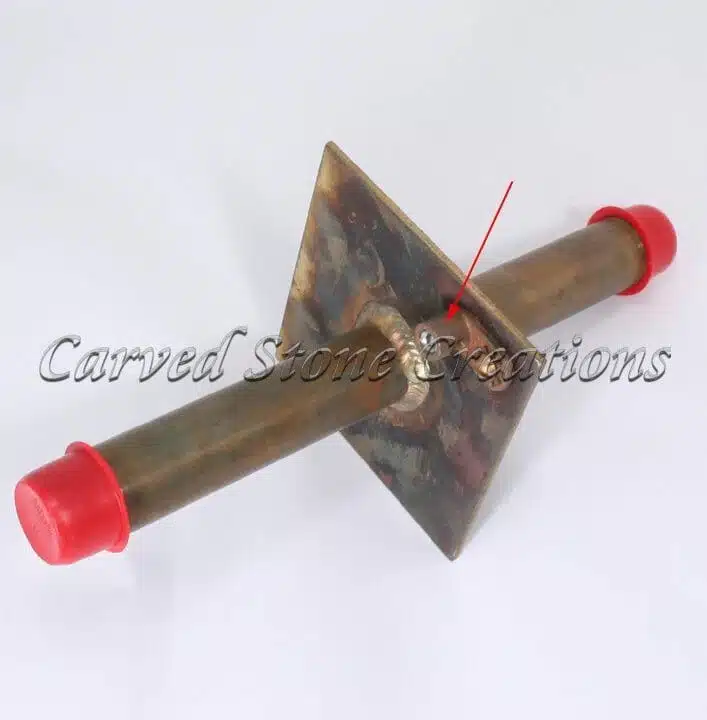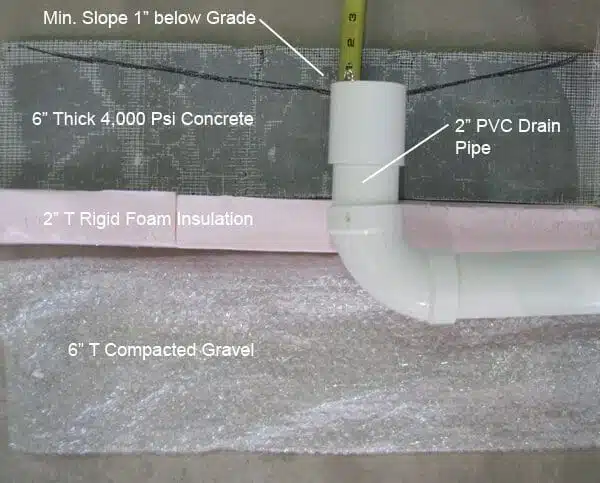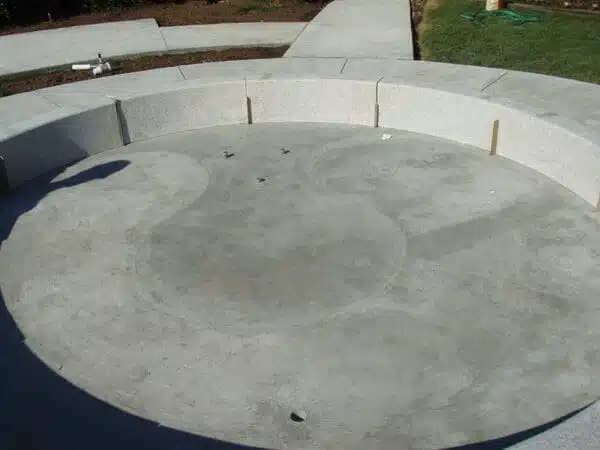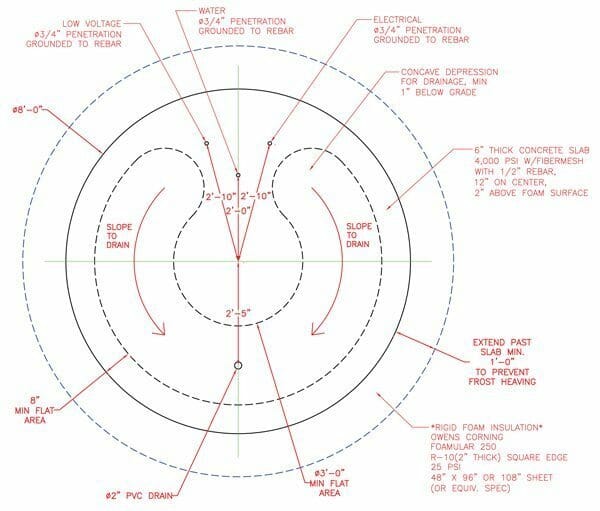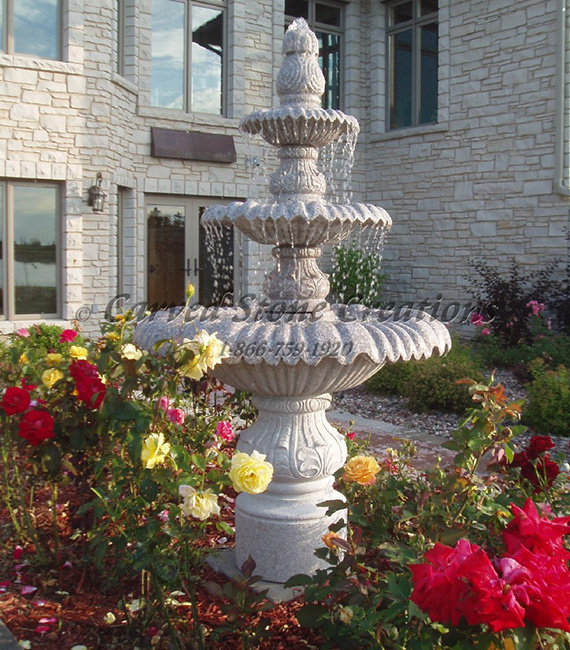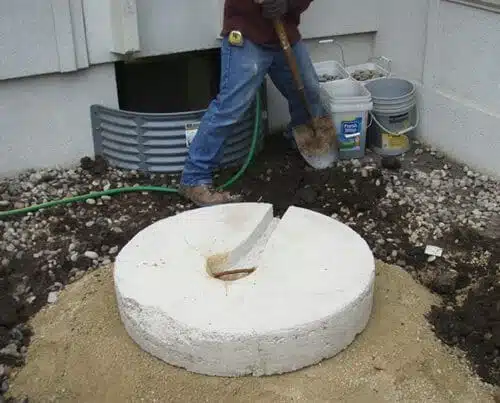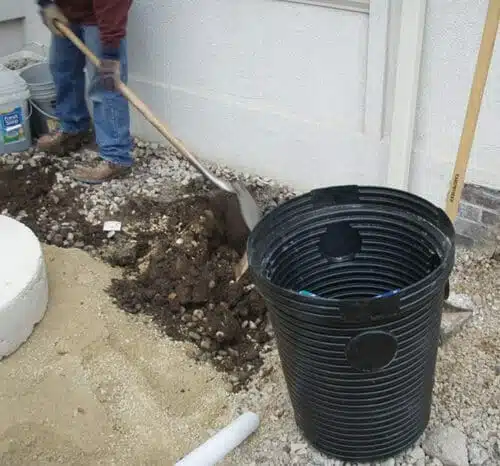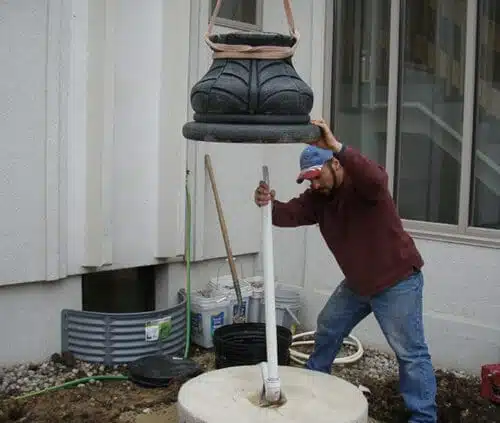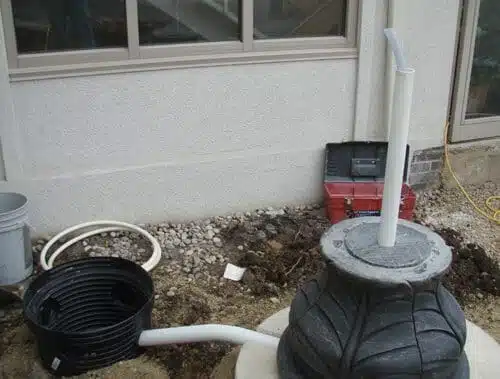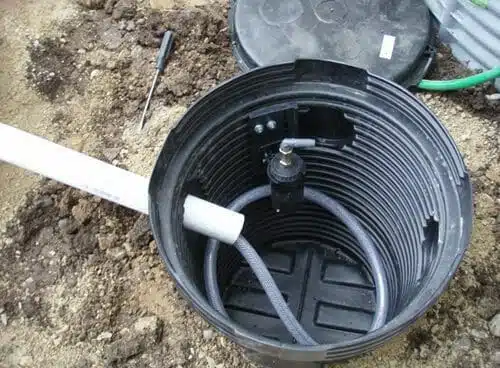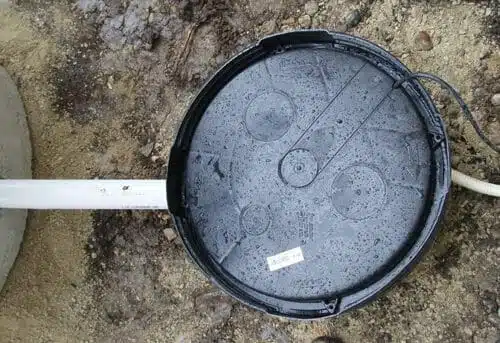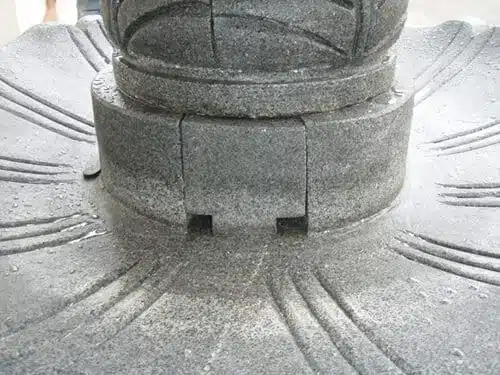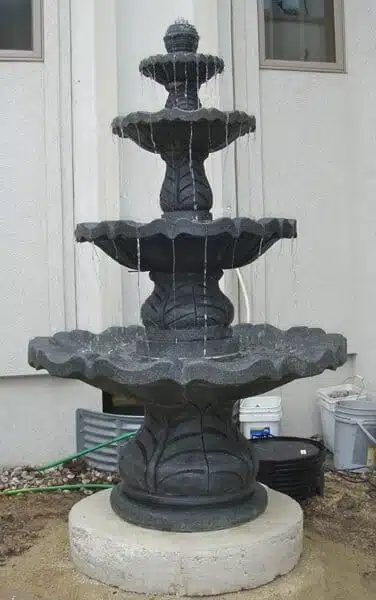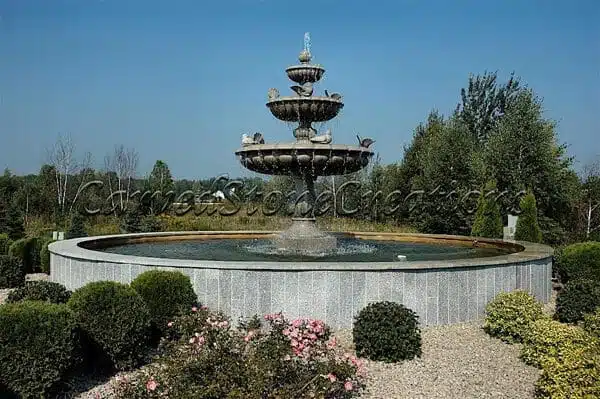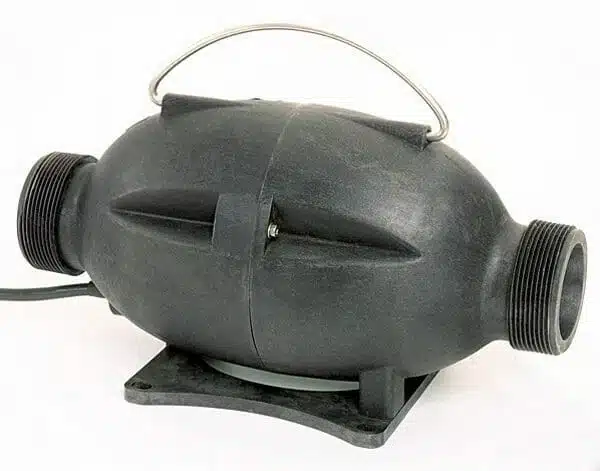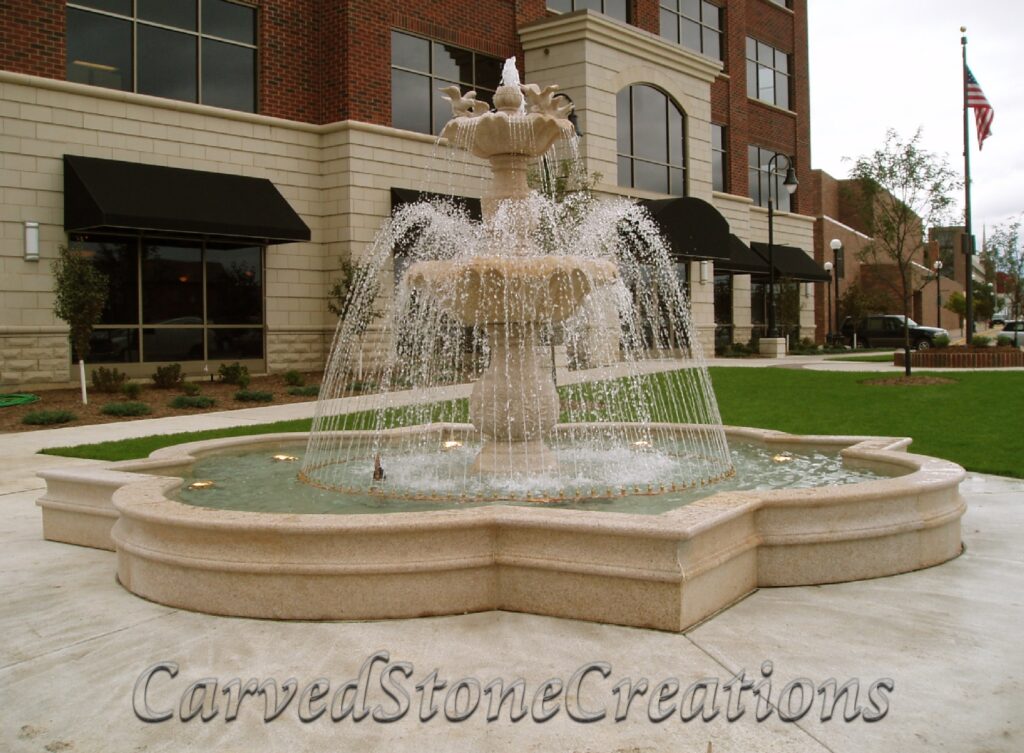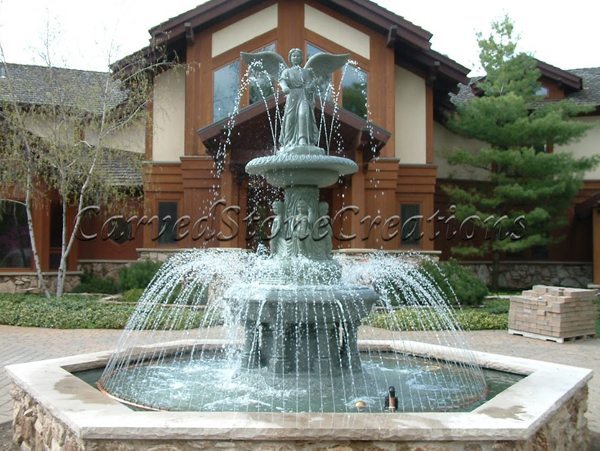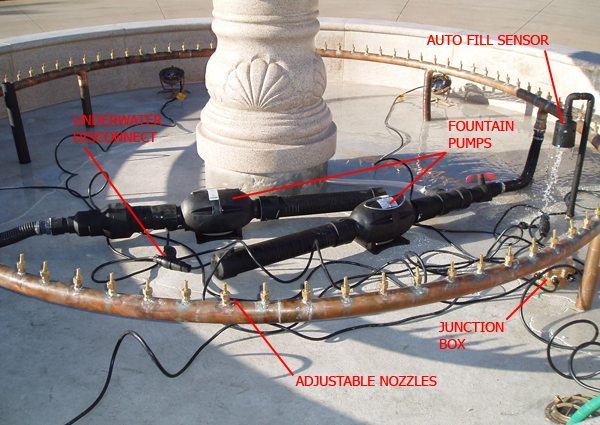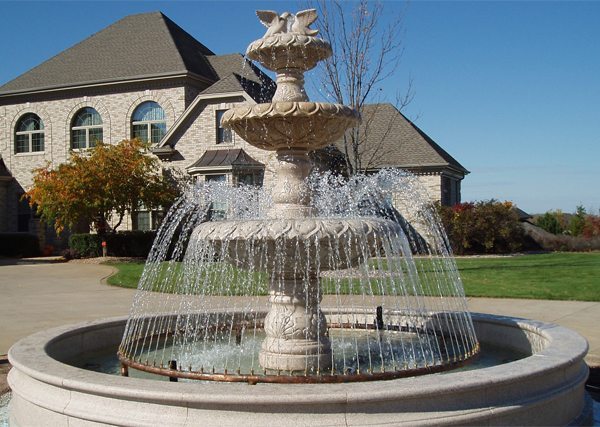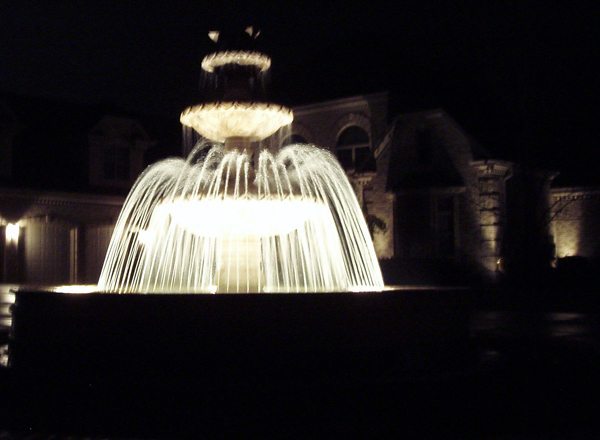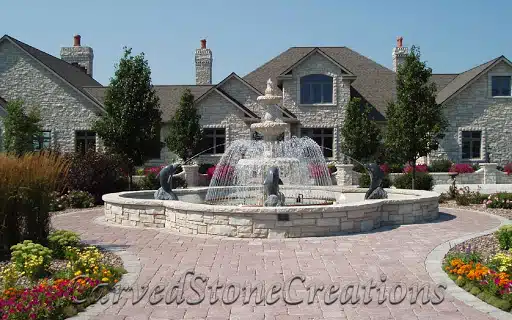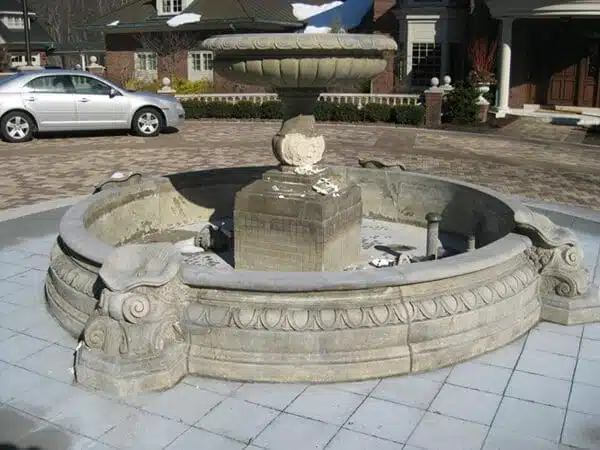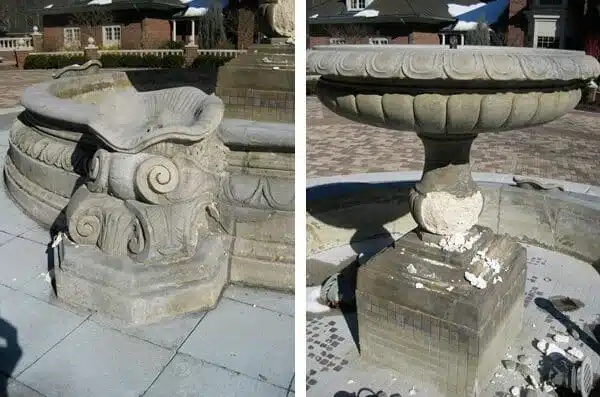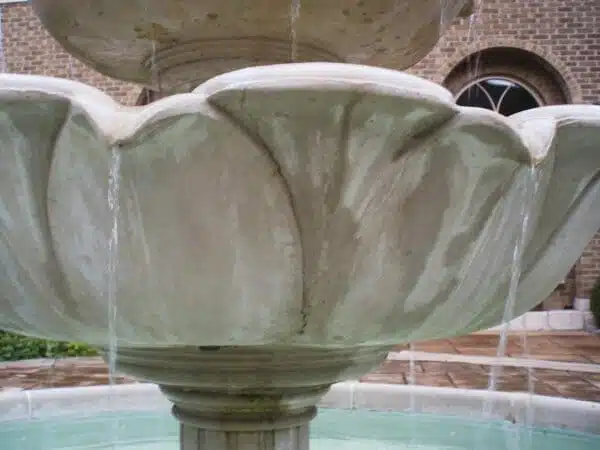Stone Estate Fountain Design And Installation
October 28, 2012
Carved Stone Creations has a wealth of experience when it comes to designing and installing fountains. We have designed everything from wall fountains to large estate fountains and we can incorporate spray rings, additional sprayers, timers, lighting, recirculating pumps, and other features into your fountain as well. We carry many of the necessary pumps, hardware, and accessories in stock so everything is readily available for installation. A wide variety of fountains in different sizes and styles that can be seen in our online store or in person at our showroom. This article will focus on the design and installation of a large estate fountain.
After finding us on the web a Country Club near Little Rock, Arkansas contacted us about designing and making a fountain for them based upon a fountain from a Washington, DC park that was made in 1930.
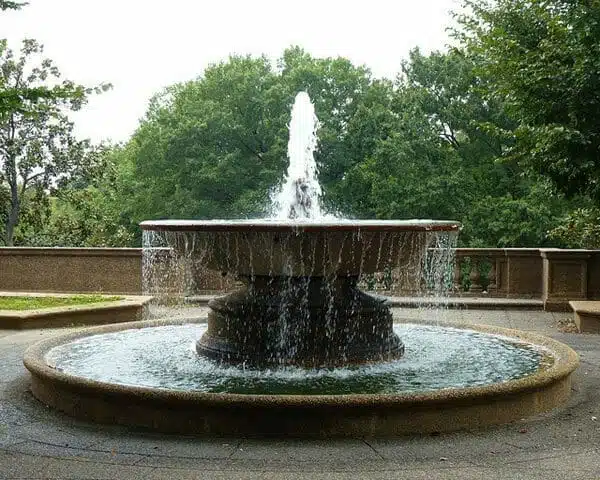
Between our expert design team and skilled stone carvers, we were up to the challenge of faithfully reproducing the look of this fountain. In fact, many of our past clients have approached us about reproducing the design of a fountain, either because they want to replace an existing fountain on their property, or they fell in love with one they saw elsewhere. Our design staff works directly with architects, interior designers, and sometimes the homeowner themselves. They come up with custom designs that meet the look and style that the client is looking for.
In this case, the client was working with an important deadline. They needed to have the fountain done in time to debut it before an event happening on the country club grounds in late June. We rose to the challenge and had the fountain designed, produced, and installed. Almost 3 months to the exact day from when they first contacted us!
The design process of the fountain
As mentioned before the fountain was inspired by a fountain in a Washington, DC park that was built in the 1930’s. Using just the photographs you see below we faithfully recreated the design with our 3D modeling and engineering software and produced a replica of it.
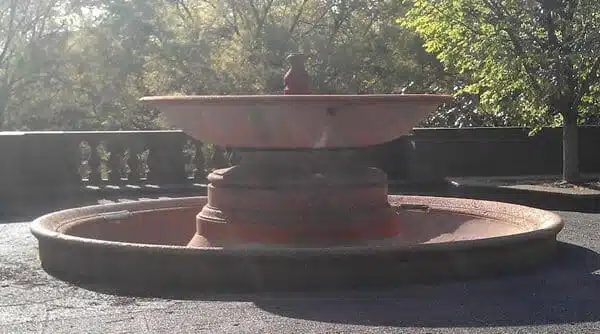
Next, our design team created a full-size 3D model of the fountain and the surrounding wall. We create 3D models of most of our projects in order to accurately visualize the design to ensure that all of the components fit together properly during assembly. This also creates a set of technical drawings for our carvers that are thoroughly dimensioned and accurate. Here you can see the 3D model we created.
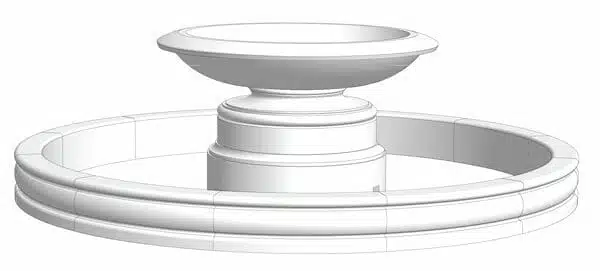
An Exploded view of the fountain.
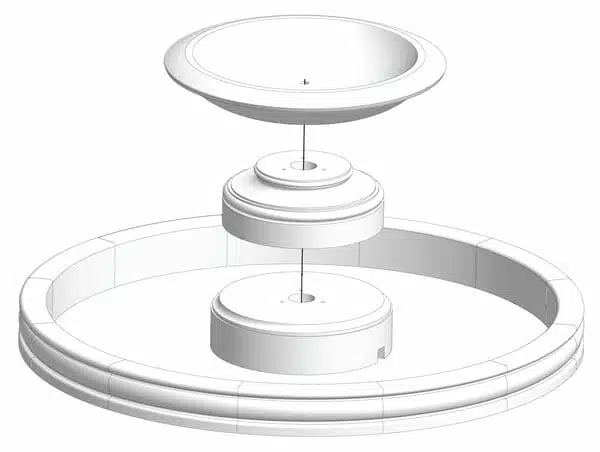
Preparation for any fountain installation includes the pouring of a concrete pad. Following proper specifications ensures that the pad will support the weight of the fountain, minimize the potential for cracking and frost heaving in cold climates. All of the necessary access points for water lines and electrical sources for accessories are also included in this step.
Concrete Fountain Slab
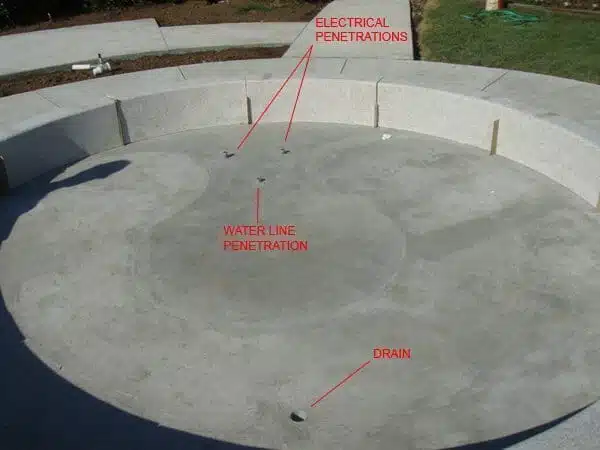
So here is the finished slab. You should notice 2 things in particular in this picture. One is the concave horseshoe depression on the surface of the cement. We recommend that a horseshoe-shaped depression is formed that is at least 1 below grade to allow for drainage as you see in the picture below of a finished fountain slab. This will ensure that your fountain drains properly. It will not retain stagnant water when it is not in use or when ice freezes over winter. See the pipes sticking out of the concrete? These are brass penetrations and PVC pipe that are set into the concrete to run water lines. Even if you don’t want accessories like lighting, or an auto-fill system initially. The cost of adding the penetrations when the slab is poured is much less than trying to add them later!
Fountain Installation
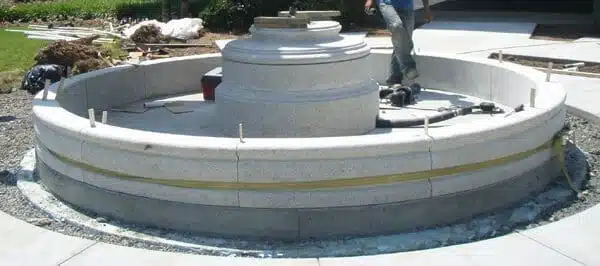
First, the surround pool walls are set into place using a high strength epoxy to adhere them to the concrete slab and to each other. We use shims to maintain a consistent gap between the parts as well.

Once the base pedestal was installed it was time to lower the large fountain bowl into place. Notice the PVC pipe in the center of the base which will feed the fountain sprayer nozzle. Once the fountain was in place it was time to hook up the pump and the accessories you see in the picture below.
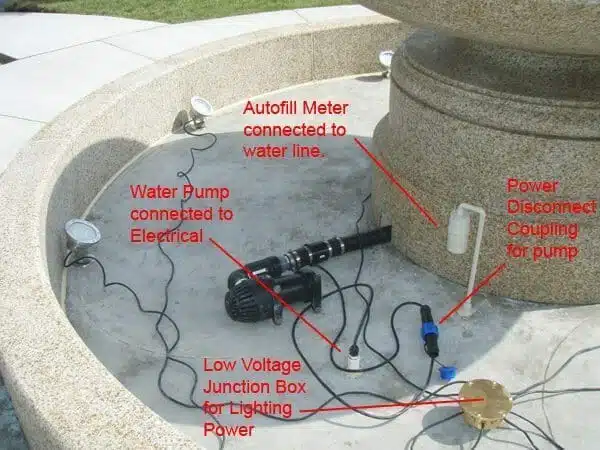
The Autofill system is fed water from the home or a sprinkler system water line. It constantly monitors water levels and automatically ads water as needed. This keeps the water level at an appropriate level and helps to prevent the pump from burning out due to water starvation. The pump itself is run from a standard high voltage wire. We cap the penetration with a threaded and glued fitting and use an Underwater Disconnect Coupling to supply power to the pump. This way you can simply lift the disconnect out of the water and shut down the pump without having to drain the surrounding pool to turn it off. For low voltage LED lighting we typically install a junction box. On top of the penetration and feed wire from it to the lighting. In the next picture, you can see the wiring is hooked up to the junction box. In order to get the fountain spraying the desired geyser-like plume of water a 2 diameter brass nozzle and a high flow water pump was used. Here you can see the nozzle head itself.
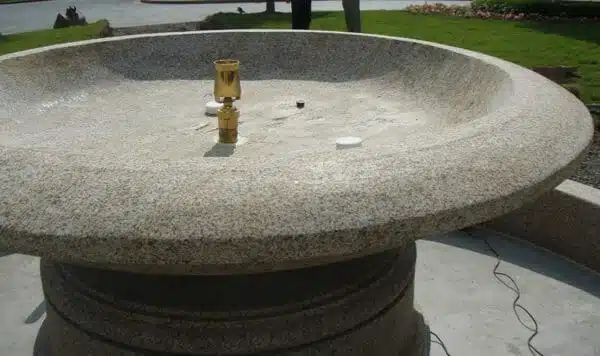
The Finished Result
While this fountain was relatively simple in design and size, we are able to design and install much larger and more complex fountains as well.

Looking for someone to design and install a fountain for you?
Carved Stone Creations is located in Kaukauna, WI and we are a reasonable drive away from many Midwest metro areas including Milwaukee, Madison, Chicago, Indianapolis, Fort Wayne, Minneapolis, St. Paul, Grand Rapids, Ann Arbor, Traverse City, Davenport, Des Moines, St. Louis, Kansas City, Cincinnati, and Columbus. Visit our showroom to see first hand what we can design for you. Our convenient centralized location also means we can bring all of the tools. All the heavy equipment we need to tackle any installation job.
We understand the effect our harsh Midwest winters can have on exterior stonework. We design and install architectural stonework like fountains, statues, exterior stone veneer, etc with those factors in mind. We’ll make sure the stonework we install for you stands up to the weather and the test of time! Outside of the Midwest? We can install there too. We have done work from New York to Florida to California as well.
